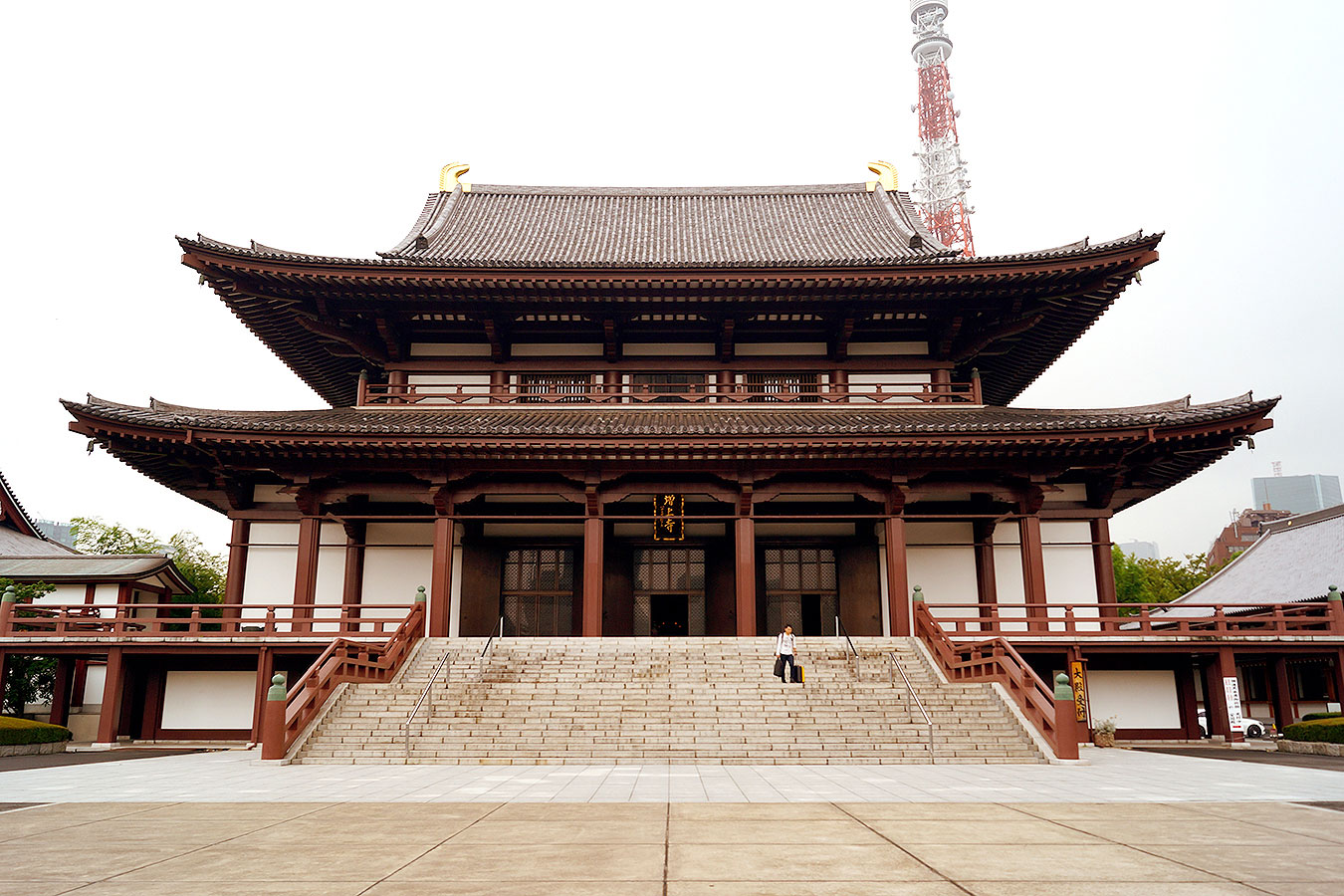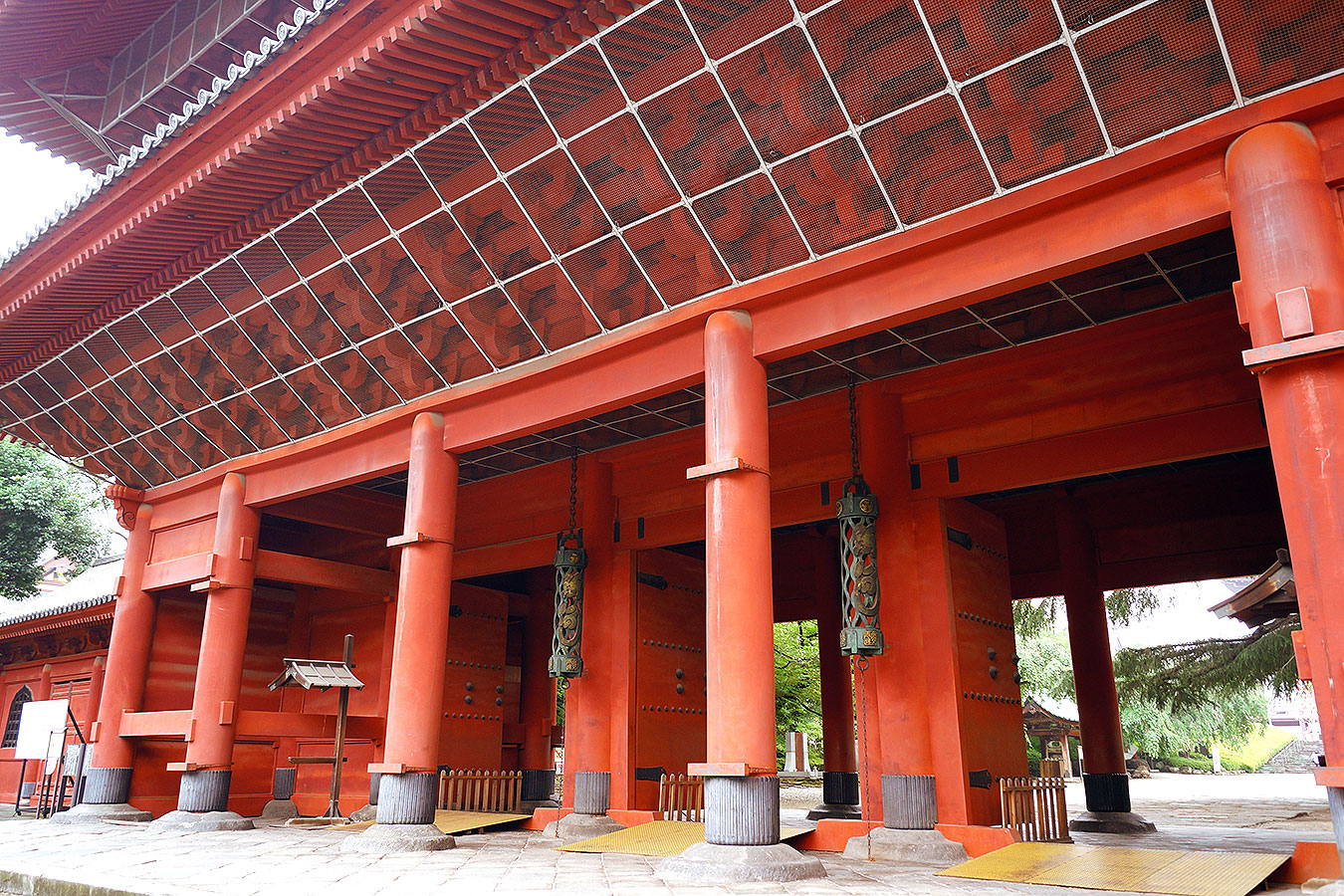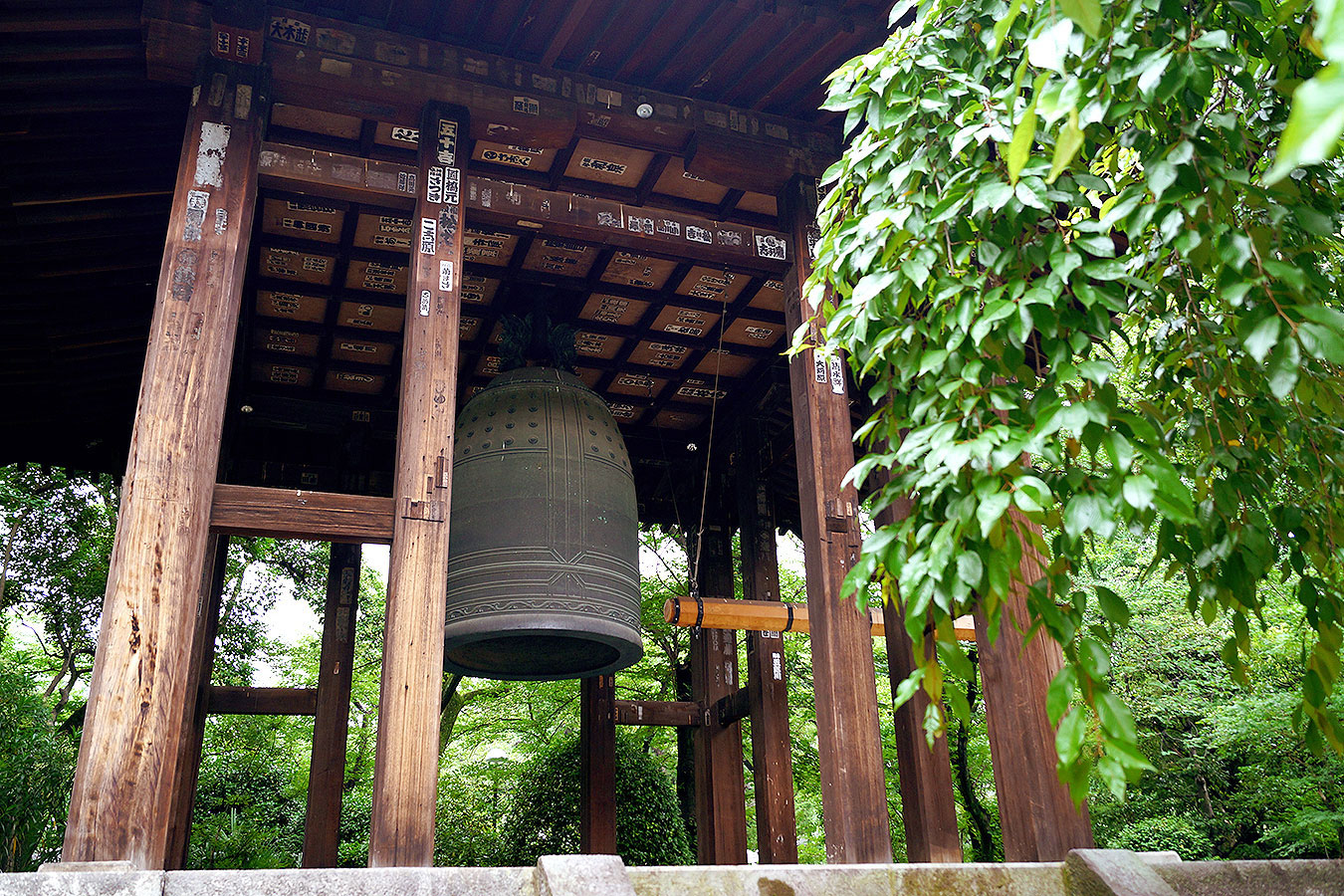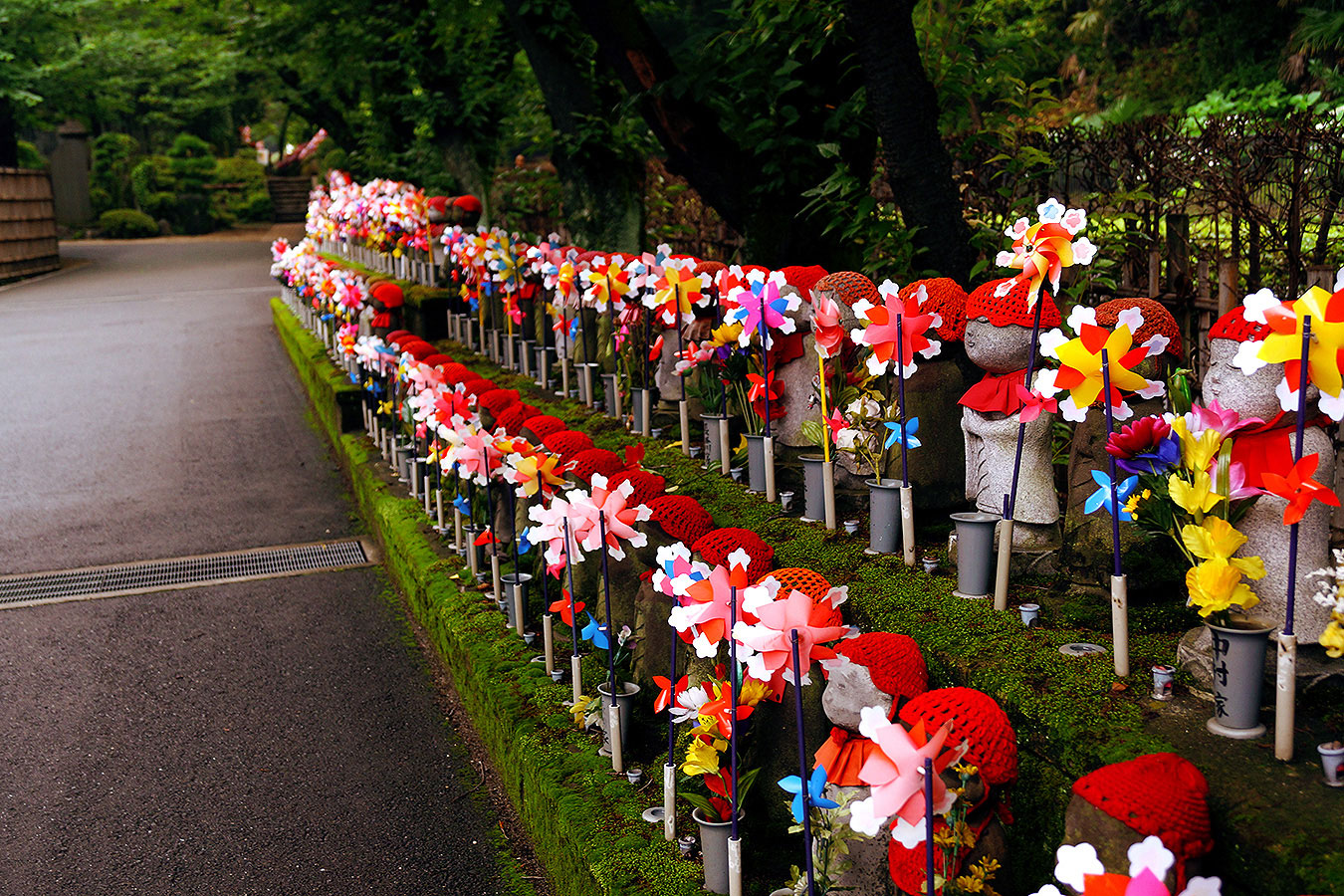Japan History: Zojoji Temple

Tempio Zojoji
Il tempio Zojoji è stato fondato nel 1393 e trasferito al luogo attuale nel 1598 dopo che Ieyasu Tokugawa, fondatore del shogunato dei Tokugawa, entrò nell’attuale Tokyo nel 1590. Dopo l’inizio del Periodo Edo, lo Zojoji diventò il tempio della famiglia Tokugawa, una delle famiglie più importanti di tutto il Giappone. La cattedrale, il tempio e il mausoleo sono stati bruciati durante i raid aerei della Seconda Guerra Mondiale. Tuttavia, la maggior parte delle strutture sono state ricostruite. Lo Zojoji continua oggi ad essere il tempio principale della città. Anche grazie alla sua posizione di favore non è solo uno dei maggiori luoghi di culto ma anche una delle attrazioni turistiche più visitate. Spettacolare la vista del tempio con la Tokyo Tower sullo sfondo.
Particolarità dello Zojoji

IL GATE: L’entrata principale è particolare per il suo colore vermiglio. Con 21 metri in altezza, 28.7 metri in larghezza e 17.6 metri di profondità, è stato costruito nel 1622. Oggi l’entrata è uno dei più importanti resti dell’architettura del Periodo Edo. Il suo nome è Sangedatsumon e significa entrata (mon) per far uscire (gedatsu) dai tre (san) stati mentali terreni: avidità, rabbia e stupidità.

LA CAMPANA: Con un diametro di 1.76 metri, un’altezza di 3.33 metri e un peso di 15 tonnellate, è conosciuta come una delle Tre Grandi Campane del Periodo Edo. Viene suonata due volte al giorno per 6 rintocchi, la mattina presto e la sera. Si chiama Daibonsho (Grande Campana). Serve per purificare dalle 108 passioni terrene (bonno), che portano le persone nella direzione sbagliata. Il suo compito, inoltre, è quello di diffondere profonda calma tramite richiami ripetuti 6 volte al giorno.

LE STATUE: Quando si cammina nel Tempio Zojoji, una delle prime cose che si notano sono queste statue rappresentanti dei bambini. Si chiamano Ojizo-san, o Ojizo-sama. Sono caratterizzate da vestiti rossi e dai cappelli all’uncinetto. Queste sculture potrebbero sembrare semplici ornamenti, ma si dice proteggano lo spirito dei bambini non ancora nati e di quelli morti prematuramente.
Photo Credit: Japan Italy Bridge
Zojoji Official website: Click here
Condividi:
- Fai clic per condividere su Facebook (Si apre in una nuova finestra)
- Fai clic qui per condividere su Twitter (Si apre in una nuova finestra)
- Fai clic qui per condividere su Tumblr (Si apre in una nuova finestra)
- Fai clic qui per condividere su Pinterest (Si apre in una nuova finestra)
- Fai clic per condividere su Telegram (Si apre in una nuova finestra)
- Fai clic per condividere su WhatsApp (Si apre in una nuova finestra)
- Fai clic qui per condividere su Reddit (Si apre in una nuova finestra)
- Fai clic qui per stampare (Si apre in una nuova finestra)






